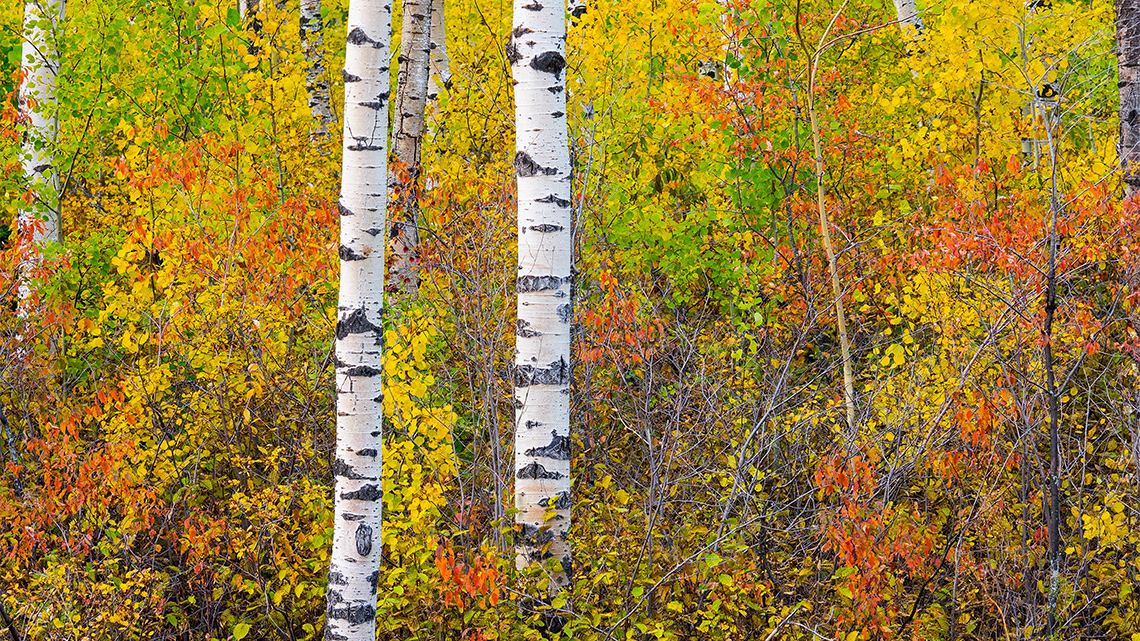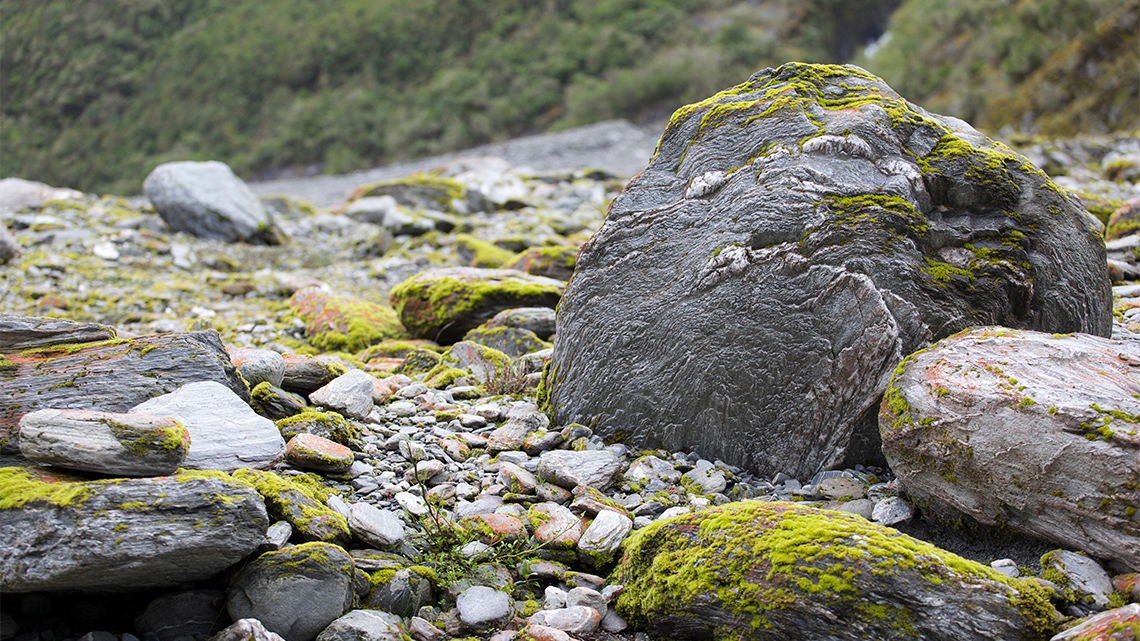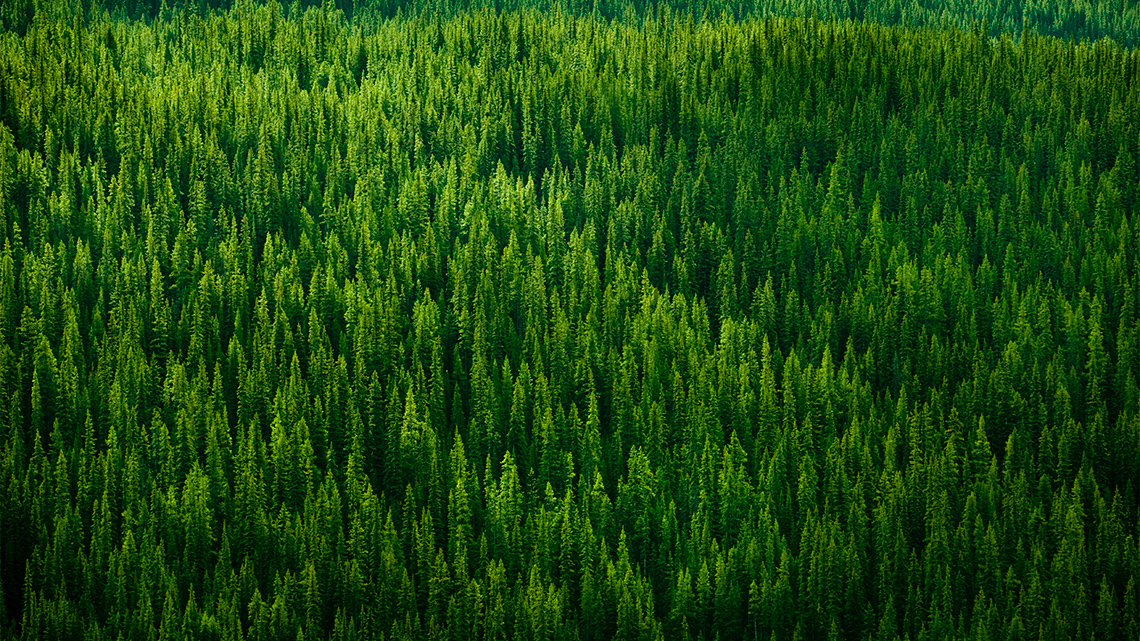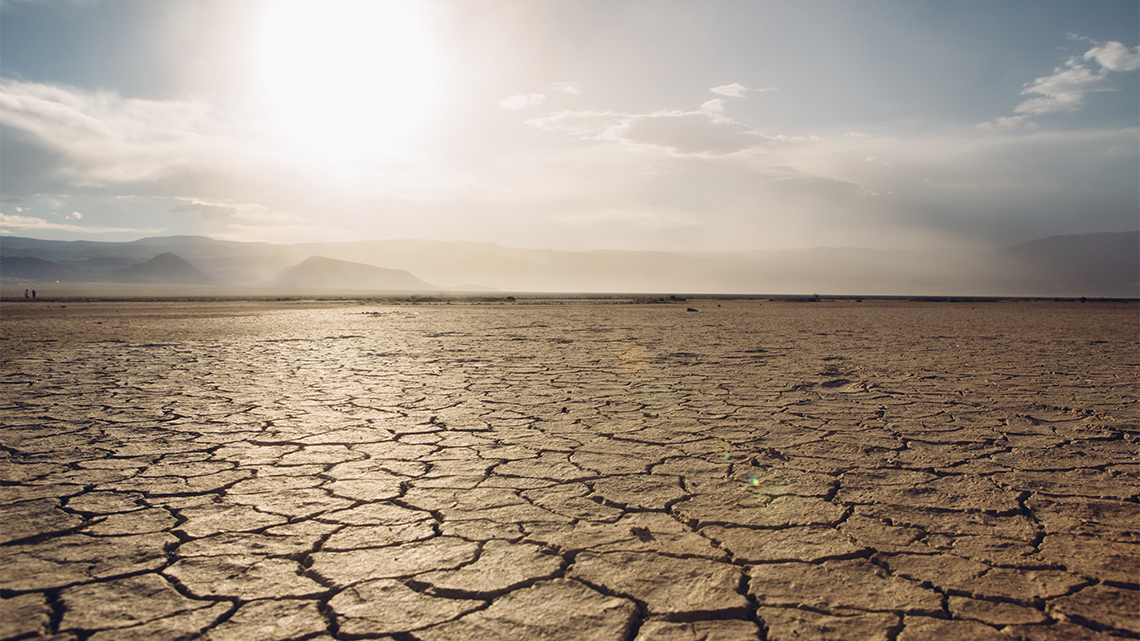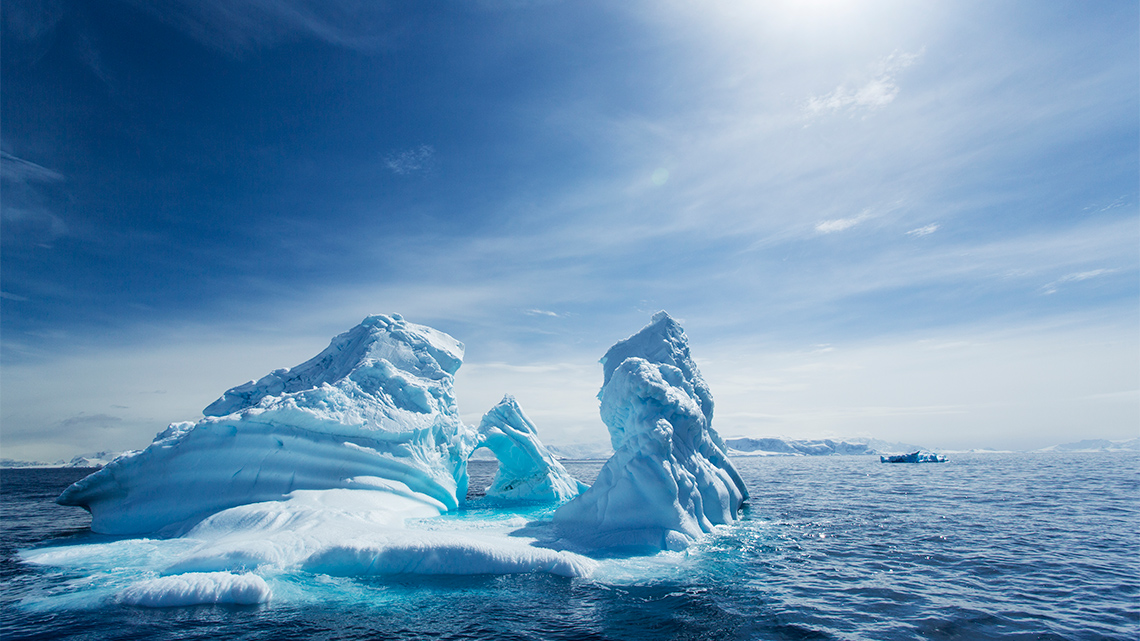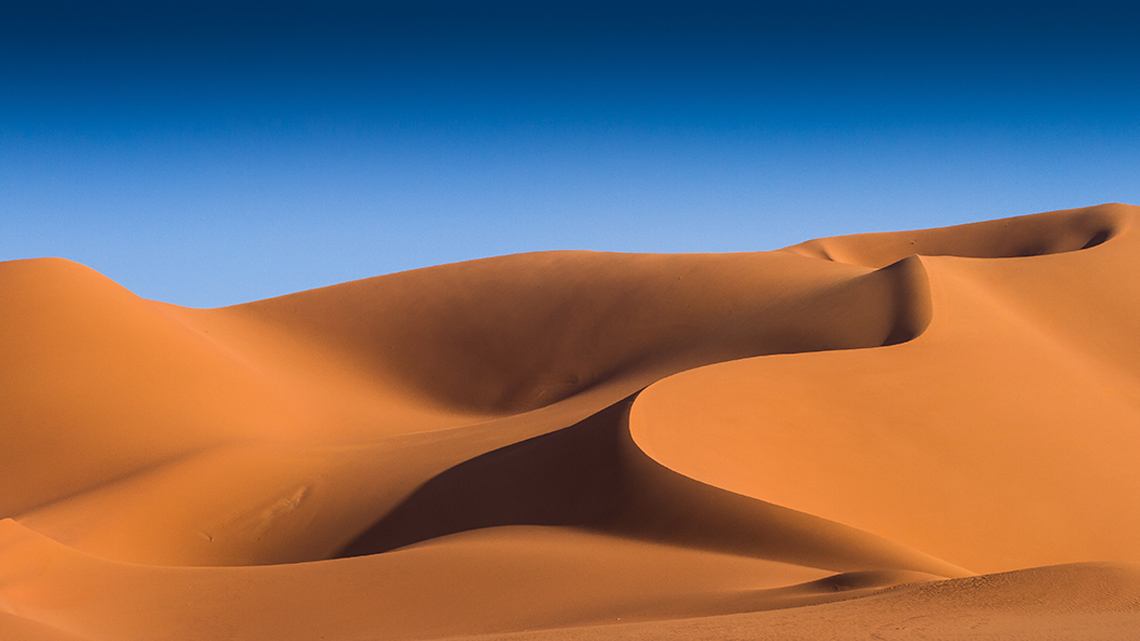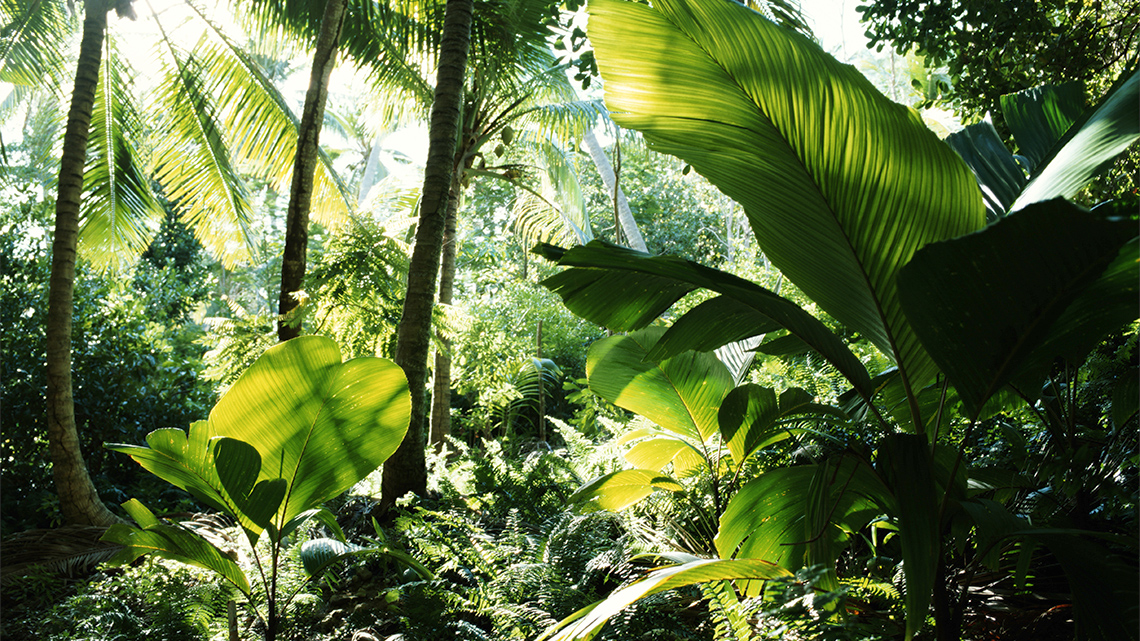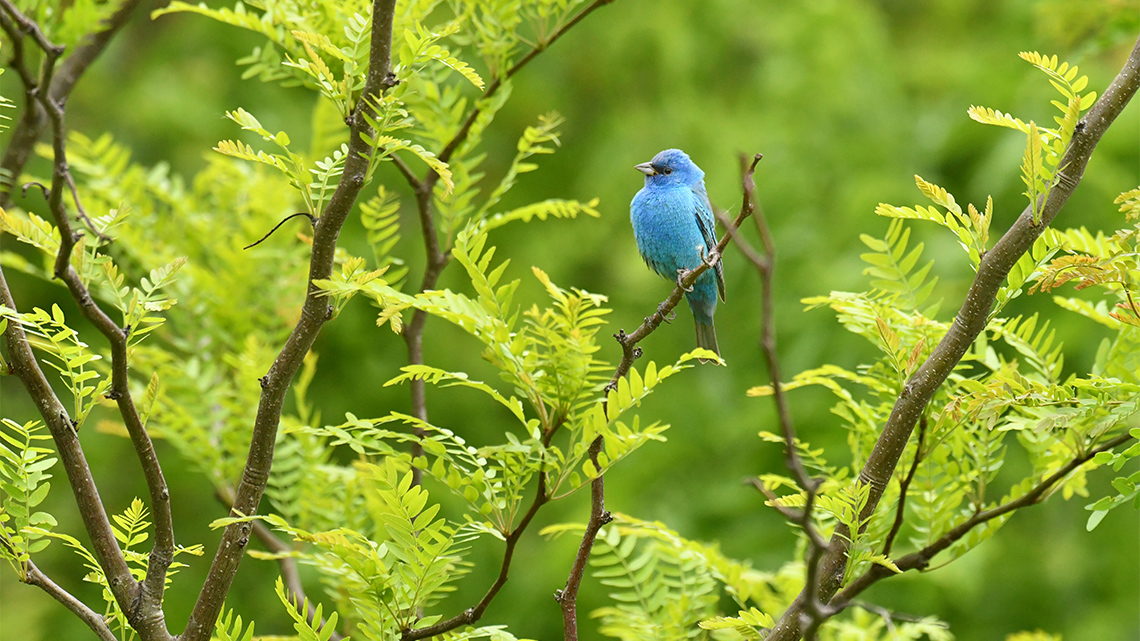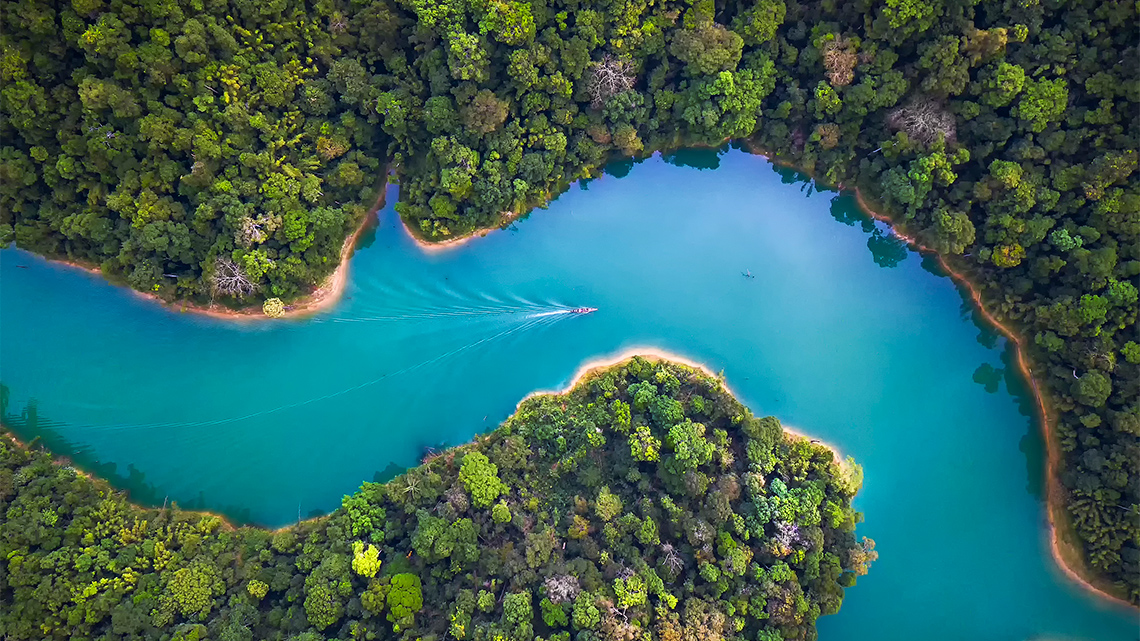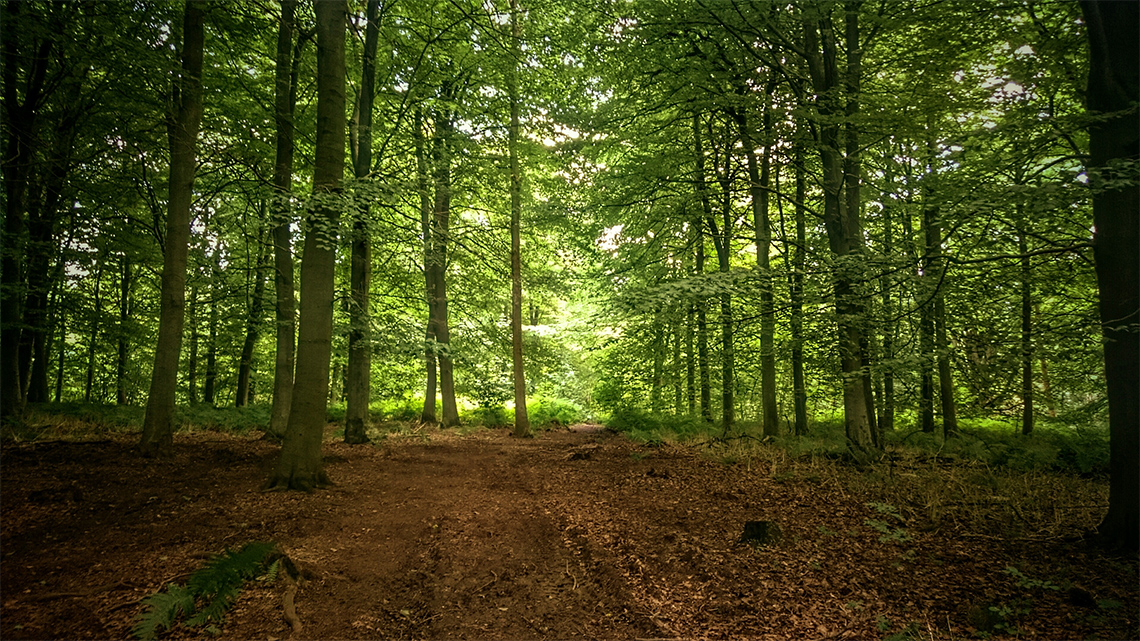Minds On
Ecosystems
Let’s check out a variety of ecosystems.
After exploring each ecosystem, respond to the following:
- What are the similarities and differences between these ecosystems?
- What ecosystem do you think would be best suited to grow agriculture?
Record your ideas in a notebook or another method of your choice.
Action
Environmental succession

Environmental succession is the natural process in which a community changes over time and causes the natural environment to change.
Did You Know?
Did you know?
Many Indigenous communities believe that land, which includes animals, plants, soil, water, air, humans are all equal and interconnected.
Land is alive and has a spirit that needs to be protected. Land cannot be owned, and instead land is shared.
Everyone has a responsibility to care for the land and protect it.
Primary succession is the gradual process, which certain species replace other species in an ecosystem.
Let’s check out the following image:

Primary succession
DescriptionThis is an example of primary succession over the span of more than 115 years. At zero to 15 years, there’s exposed rock, or bare rock. From 15 to 35 years, there’s lichens and moss, also known as a pioneer community. From 35 to 80 years, grass, herbs, shrubs, and tree seedlings start to grow. From 80 to 115 years, aspen, black spruce, and jack pine trees are growing. From 115 years onwards, white spruce, balsam fir, and paper birch are now part of the ecosystem. This stage is known as the climax community.
Secondary succession is when a major event, like a fire, hurricane, tsunami, or logging reduces the already established ecosystem, thus starting a new succession with pre-existing soil.

Secondary succession
DescriptionThis is an example of a secondary succession. It starts off with an established climax community, followed by a disturbance, like a bushfire, which destroys the existing climax community. From that stage, the soil remains, and new plants and grass are the first to grow back. Then, fast growing plants will develop to their fullest, while being dominant. Eventually, the larger, slower-growing trees will overtake the fast-grown trees, and the ecosystem will revert to the prior state, or in other words, the climax community is re-established.
Learning check!
Select the correct answer, then press “Check Answer” to see how you did.
Student Success
Think
Describe the differences between primary succession and secondary succession within an ecosystem.
Use your own ideas and examples from what we have learnt to support your answer.
Record your responses in a notebook or another method of your choice.
Share your ideas with a partner, if possible.
Ecosystem factors

When considering the ecosystems that exist within the environment, there are two key factors that exist within any ecosystem. These are called biotic and abiotic factors.
An ecosystem is limited in the number of living things it can sustain based on both factors.
Biotic factors are dependent on abiotic factors for survival, and often abiotic factors benefit from biotic factors.
Let’s explore each factor in more detail.
Biotic
Biotic factors include living things within an ecosystem. Animals, plants, and bacteria are all biotic factors in an ecosystem.
Explore the following examples of ecosystems.
Make a list of the biotic factors that you can identify. Record your ideas in a method of your choice.
Abiotic
Abiotic factors are non-living components, such as water, soil, and the atmosphere.
Explore the following examples of ecosystems.
Make a list of the abiotic factors that you can identify. Record your ideas in a method of your choice.
Which one?
Let’s explore different types of biotic and abiotic factors in an ecosystem.
For this activity, sort the items as abiotic or biotic factors.
Student Success
Think
Let’s think about the following questions:
- How are biotic factors dependent on abiotic factors?
- How do natural processes affect abiotic factors and in turn biotic factors?
- How do biotic and abiotic factors limit the number of organisms an ecosystem can sustain?
Record your ideas in a notebook or another method of your choice.
If possible, share your ideas with a partner.

When you’re ready, press ‘Let’s Check!’ to access possible responses.
- Animals, plants, and bacteria are biotic factors, so they’re dependent on water, soil, and the atmosphere, which are abiotic factors in an ecosystem.
- In turn, many animals, plants, and bacteria contribute to the wellbeing of abiotic factors. For example, when a plant seed sprouts and the roots spread, it enriches the soil.
- Natural processes, like forest fires, earthquakes, and droughts are abiotic factors that can significantly impact ecosystems.
- The sustainability of an ecosystem can be impacted by water, space, sunlight, oxygen (abiotic factors) and food, disease (biotic), as well as increased competition for resources.
Unplugged coding

Environmental succession is the natural process in which a community changes over time and causes the natural environment to change.
When an ecosystem consisting of plants, animals, and fungi has gone through the process of environmental succession and has reached a steady state where the community of plants, animals and fungi are living in balance with each other, this is referred to as a climax community.
In the following coding task, we are going to design a coding program that will plant trees, plants, and moss for the development of a new ecosystem following primary succession in the natural environment.
The goal is to reach climax community.
Before we begin, let’s explore how to create a flowchart as a coding program.
Press the following tabs to access coding components.
What is a flowchart?
A flowchart is a diagram that explains a system, process, or an algorithm.
What is an algorithm?
An algorithm is a set of rules or a process that is followed in calculations.
Try It
Your turn!
Let’s check out the following diagram to explore how we can create a flowchart for a set of instructions.
In this case, we can consider the steps and choices involved when adding plants, moss, and trees to achieve a climax community in a forest.
In this game if we decide to plant…
- a tree, we earn 10 points
- a species of plant, we earn 5 points each
- moss, we earn 2.5 points
The goal is to earn 100 points, so in the end there will be a mixture of trees, plants, and moss in order to achieve climax community in the forest.

Flow chart: 'Start' leads to 'Add moss, plants, or trees to the forest floor' leads to 'Ask person for input if they would like to add moss (2.5 points), plants (5 points) or trees (10 points)' leads to 'Would you add moss, plants, or tress?'. 'Moss' leads to 'If no to plants and tree add 2.5 points', 'Plants' leads to 'If no to moss and trees add 5 points', 'Trees' leads to 'If no to moss and plants add 10 points'. All choices lead to 'Repeat choice until total between 3 options is 100' leads to 'Output message: Climax Community Reached!', leads to 'End'.
What do you think?
- How many plants, trees and moss were added to the ecosystem to reach climax community?
- How many different solutions can you discover and explore?
Record your thoughts and solutions in a notebook or another method of your choice.
Consolidation
Wrap up

Using what you have learned throughout this learning activity about environmental succession and the factors that cause an ecosystem to change, create your own flowchart to simulate a climate community.
- Choose an ecosystem from the Minds On section, or another of your choice.
- Consider the biotic and abiotic factors that work together to achieve balance and sustainability.
- Record your own flowchart in a notebook, a digital format, or another method of your choice.
If possible, share your flowchart with a partner.
Pause and Reflect
Pause and reflect
After creating your flowchart, reflect on the following:
- What impact does primary and secondary succession have on an ecosystem?
- How did creating a flowchart help you to explore environmental succession?
- What did you enjoy about creating your flowchart?
Record your ideas in a notebook or another method of your choice.
Reflection
As you read the following descriptions, select the one that best describes your current understanding of the learning in this activity. Press the corresponding button once you have made your choice.
I feel…
Now, expand on your ideas by recording your thoughts using a voice recorder, speech-to-text, or writing tool.
When you review your notes on this learning activity later, reflect on whether you would select a different description based on your further review of the material in this learning activity.
